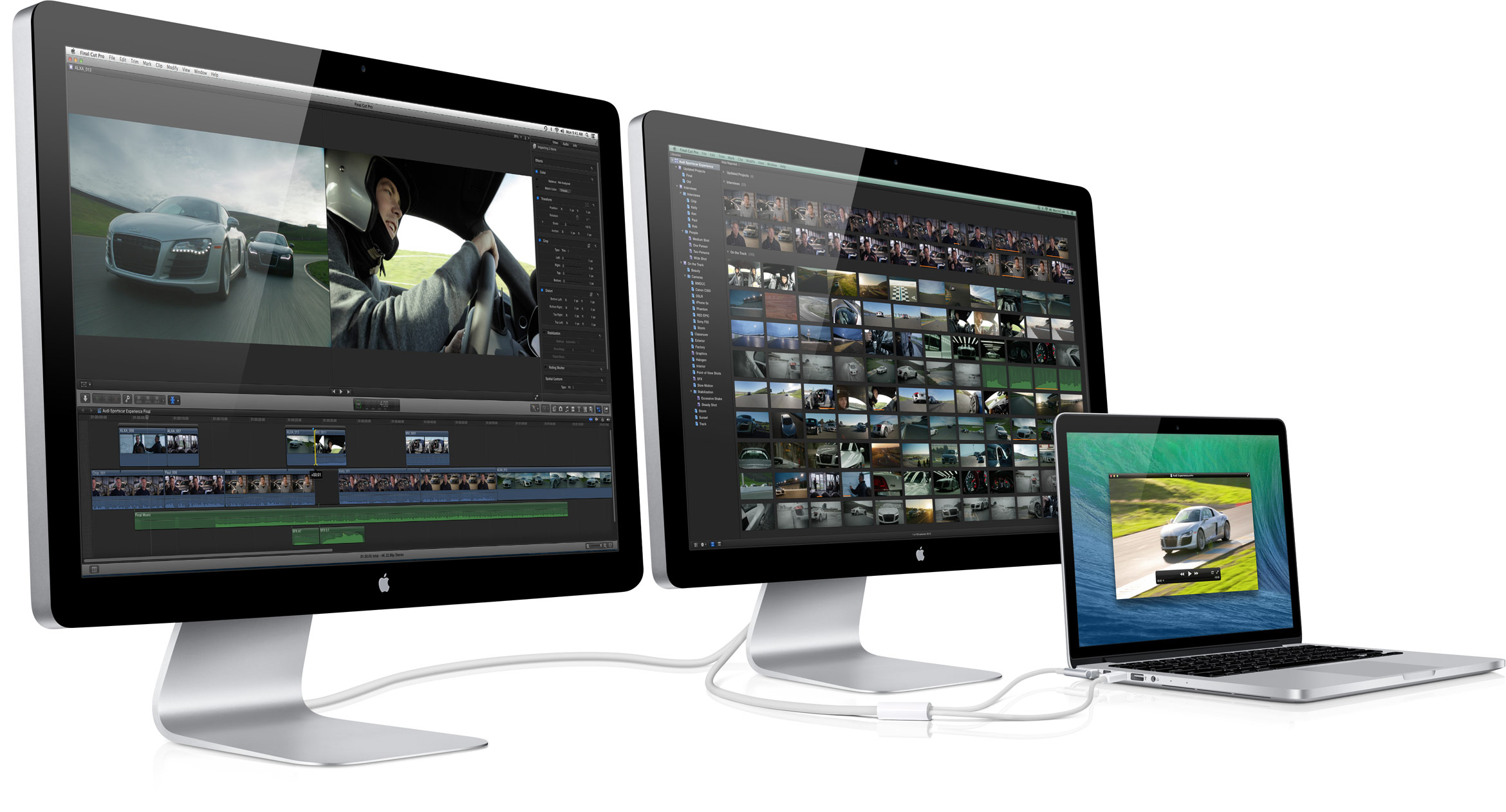Some may say a 15 inch 5K display is just ridiculously overkill. Skepticism is driven by the notion that a 5K retina display, which, on the latest iMac, is capable of pushing as many as 14.7 million pixels, over a 27 inch display area, would be a waste, as the human eye wouldn’t be able to tell the difference above the current 15 inch MacBook Pro’s 2880x1800 resolution, without a magnifying glass.

If we were to talk about the MacBook Air, or even the new 12 inch MacBook, there would be no justifiable reason for 5K resolution to be available on such tiny displays, especially considering their specs are strictly designed with regular consumers in mind. What about the Macbook Pro?
The MacBook Pro is a device designed for production purposes, and it’s geared towards a professional crowd, that will choose power and performance, over light weight, style and thinness. By such token, we have come up with four reasons, a future MacBook Pro Retina 5K could happen.
1. Apple has brought 5K resolution to the desktop.
When the iMac Retina 5K was announced, we weren’t completely surprised, although our money would have been on a 5K display for the Mac Pro, if anything. That got us thinking... why the iMac?
The iMac is a hybrid product. It doubles as a production, and family desktop. In enterprise, the iMac is a cost effective way to equip anything from a corporate office, to a design studio, while at home, it’s the perfect shared family desktop setup.
By bringing 5K resolution on a hybrid business/family desktop product, Apple seems to want to test the water, in preparation of something more radical.
2. Apple could soon redefine its product line
With the release of the new 12 inch MacBook, Apple has created the conditions for redefining audiences according to what they really want to accomplish. This means that future MacBook products could begin to target very specific consumers, in a way that is very similar to what the DSLR camera industry has done for years.
For those unfamiliar with the analogy, photography enthusiasts who aren’t professionals, will buy a typology of cameras known as “prosumer”, a term coined to fit semi-professional photographers and hobbyists. These cameras are the equivalent of the new 12 inch MacBook.
For a much lower price, these cameras allow for beautiful photographs, at a resolution that exceeds the needs of casual photographers, but still quite below what an actual professional requires.
The MacBook Pro, on the other hand, is destined to be a professional product, within a category that allows for features and performance not available to the everyday consumer.
Following-up with the camera example, just as “prosumer” cameras gain better performance and higher specs, they become increasingly attractive to regular consumers, which frees professional devices from the shackles of the cost-vs-specs compromise.
As soon as the consumer market migrates to a “prosumer” category of products, like the 12 inch MacBook, Apple will likely find itself in the ideal position to upgrade its MacBook Pro line with specs that even now would be hard to imagine, at a price point that professional users wouldn’t object to, as opposed to regular consumers.
3. A 5K MacBook Pro could become a Mac Pro’s “minion”
If we consider the possibility of Apple widening the gap between consumers and professional users, the MacBook Pro is the ideal mobile counterpart to the Mac Pro, in a production environment, in which considerable specs are a requirement for making the MacBook Pro a useful extension of a high-end workstation.
The iMac offers stunning resolution, great specs, but whose stationary configuration does not quite bring an advantage next to an existing Mac Pro.
4. 5K counts, even below the fold
For photographers, graphic designers, web designers and more users in related production fields, desktop real estate is a highly desirable feature.
Manipulating high resolution images, illustrations, video footage, and other, often extremely large assets, on a display that supports perhaps a third of the resolution of the asset being worked on, involves a lot of scrolling, panning and zooming back and forth, between the real resolution of the asset, and the miniaturized, often pixelated version obtained by zooming out.
What makes the situation even worse, is that even HD resolution, often does not allow enough comfortable room for both the actual asset being edited, and the tools and panels that are part of editing software, such as Photoshop, Illustrator or Premiere.
This is where 5K would truly save the day, allowing professional users a much more comfortable workflow on their MacBook Pro laptops, where they would be able to edit assets of considerable size, in 100% resolution, without being obscured by toolbars and panels, on a crisp and sharp Retina display.
Is 5K already on its way to the MacBook Pro?
As usual, with Apple, it’s hard to tell what we’ll see next, however the signs are there that the industry as a whole is moving towards unusually high display resolutions, even in smartphones, as reported by Sharp’s latest attempt at squeezing a 4K display into a 5.5-inch IGZO touchscreen featuring 3,840 x 2,160 pixel resolution. The device is planned for release in 2016, and could be a big incentive for others, including Apple, to integrate 5K, or even 8K capable displays in future product lines.